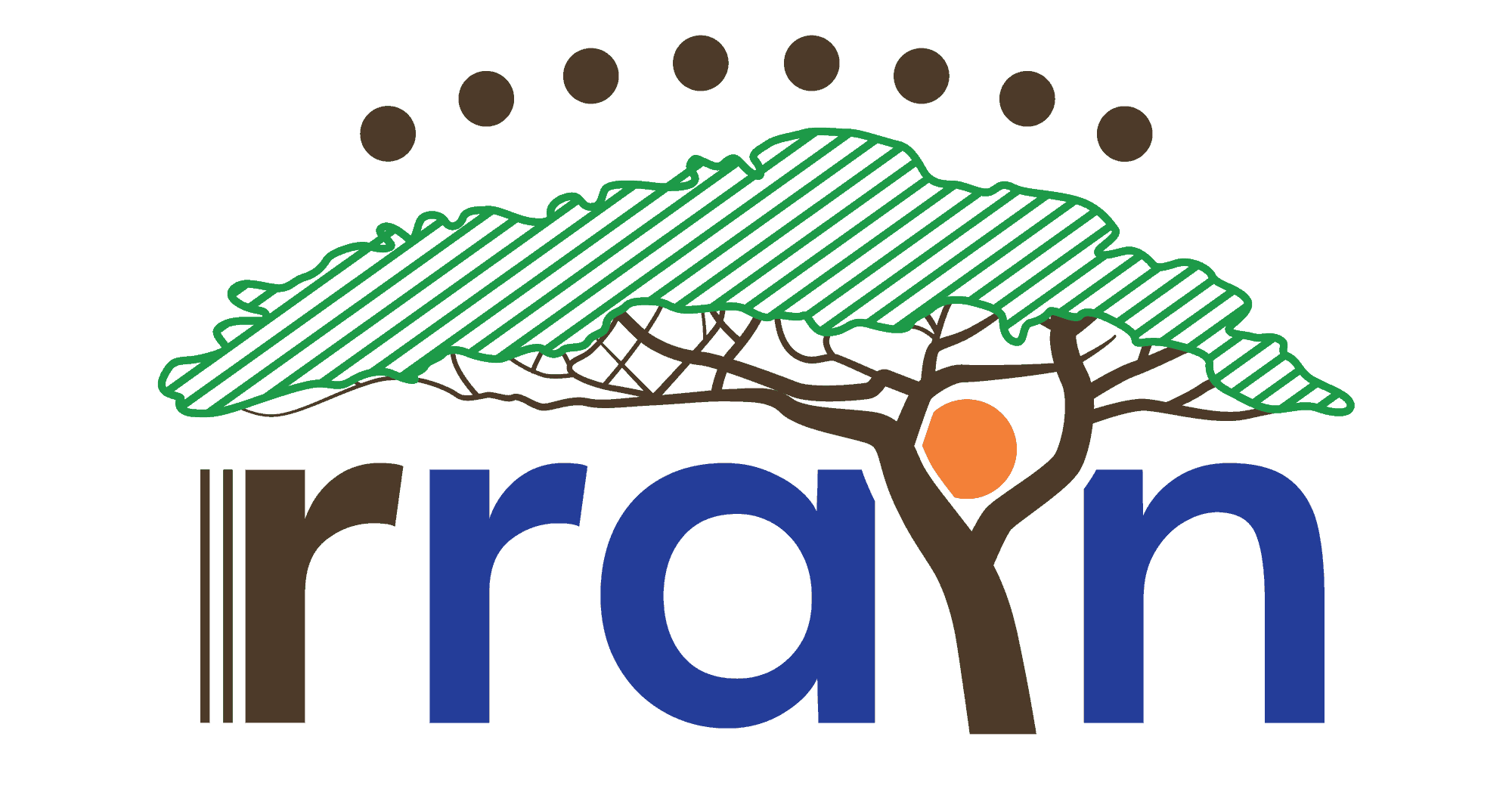The Barolong Boo Seleka of Thaba ’Nchu
The Barolong Boo Seleka is an indigenous people living in the area called Thaba ’Nchu, east to the city of Bloemfontein, the capital city of the Free State Province in the Republic of South Africa. As a traditional community, the Barolong Boo Seleka still has their traditional leadership structure serving the community. Kgosi (queen) Gaboilelwe Moroka is at the helm of the traditional leadership which consists of the dikgosana (headwomen and headmen) of the 42 villages that form the kingdom.
The very first RRAIN project undertaken is located at the village of Noga’s Post in the greater Thaba ’Nchu area.
Families living in the village of Noga’s Post were completely dependent on government support to survive when the royal family requested the then kgosatsana (princess) Gaboilelwe Moroka to lead the village as kgosana (headwoman). An initiative was started for families to establish vegetable gardens in their yards to contribute towards food security. During the second phase, a co-operative was established with 36 families participating and receiving the support of the governmental “one-hectare-one-household” programme. The vegetable and grain fields of the co-operative were established across the river from the village. These vegetables that were planted contributed greatly towards the food security of the whole village during the great challenges caused by COVID-19 lockdowns. Tragically, lack of holistic planning, proper implementation and management and knowledge transfer proved to be a challenge and the project faced end-of-life after only one season of planting, also due to low yields.
At this tipping point, a RRAIN project was established at Noga’s Post on the initiative of kgosatsana Gaboilelwe Moroka. The community of the village had experience and basic knowledge, and RRAIN could therefore – through the provision of support – contribute towards improvement through better planning, good quality seeds and proper consideration of the lay of the land.
As a first step to improve the lives of the community and reduce the impact on the environment, the vegetable field was relocated to the edge of the village in close proximity to the equipment shed. The impact of this one, relatively simple action, was enormous:
- Access to nutritious and affordable food was greatly improved with the fields located close to the village.
- Mothers would spend less time walking, which resulted in more time available to care for children, family members and themselves.
- Community members could reach the field even after heavy rain because the flooding of the river was no longer a challenge.
- The impact on the environment was reduced because community members no longer had to travel by tractor or by foot from the village to the fields.
Further steps were also taken:
- Resilience and sustainability were improved by the installation of irrigation which enabled the community to also grow vegetables outside of the rainy season.
- More could be produced on a smaller area through better planning, execution and maintenance.
- Regenerative agricultural practices were introduced through the use of grass as ground cover to improve water retention and reducing the need for weed control – eventually improving the soil quality through the addition of organic material.
- The implemented changes resulted in stronger livelihood support overall.
The grain fields across the river (approximately 50 ha in total) presented multiple challenges that had to be addressed one step at a time. Drainage of the soil was the first challenge to be addressed. Organic material that was available from the previous season was worked into the soil to improve its quality whilst the orientation of the fields was adapted to be a good match to the natural topography. Local commercial farmers played a crucial role in terms of mentorship, preparation, planting and harvesting. Much heavier than normal rainfall was experienced in the last two seasons, which in turn emphasised the challenge of access to the fields when the river is in flood. The building of an environmentally friendly bridge over the river is a dream the project team is working towards. Despite all the access challenges due to flooding of the river and the fields, a maize harvest was produced during the 2021/2022 summer season and a wheat harvest during the 2022/2023 winter season.
The project aims to strengthen the resilience of the community through developing knowledge and the gaining of experience so that the community can be self-sufficient through the generation of profits after household needs are met – in a manner that is sustainable and in balance with nature. We understand that real long-term sustainability will not be possible without a regenerative approach, as other methods lead to soil exhaustion and erosion that are unfortunately currently clearly visible in the area.
An indigenous veld goat stud in partnership with Kgosi Gaboilelwe Moroka on the farm Lakenvlei was the next RRAIN project that was started in the Thaba ’Nchu area.



